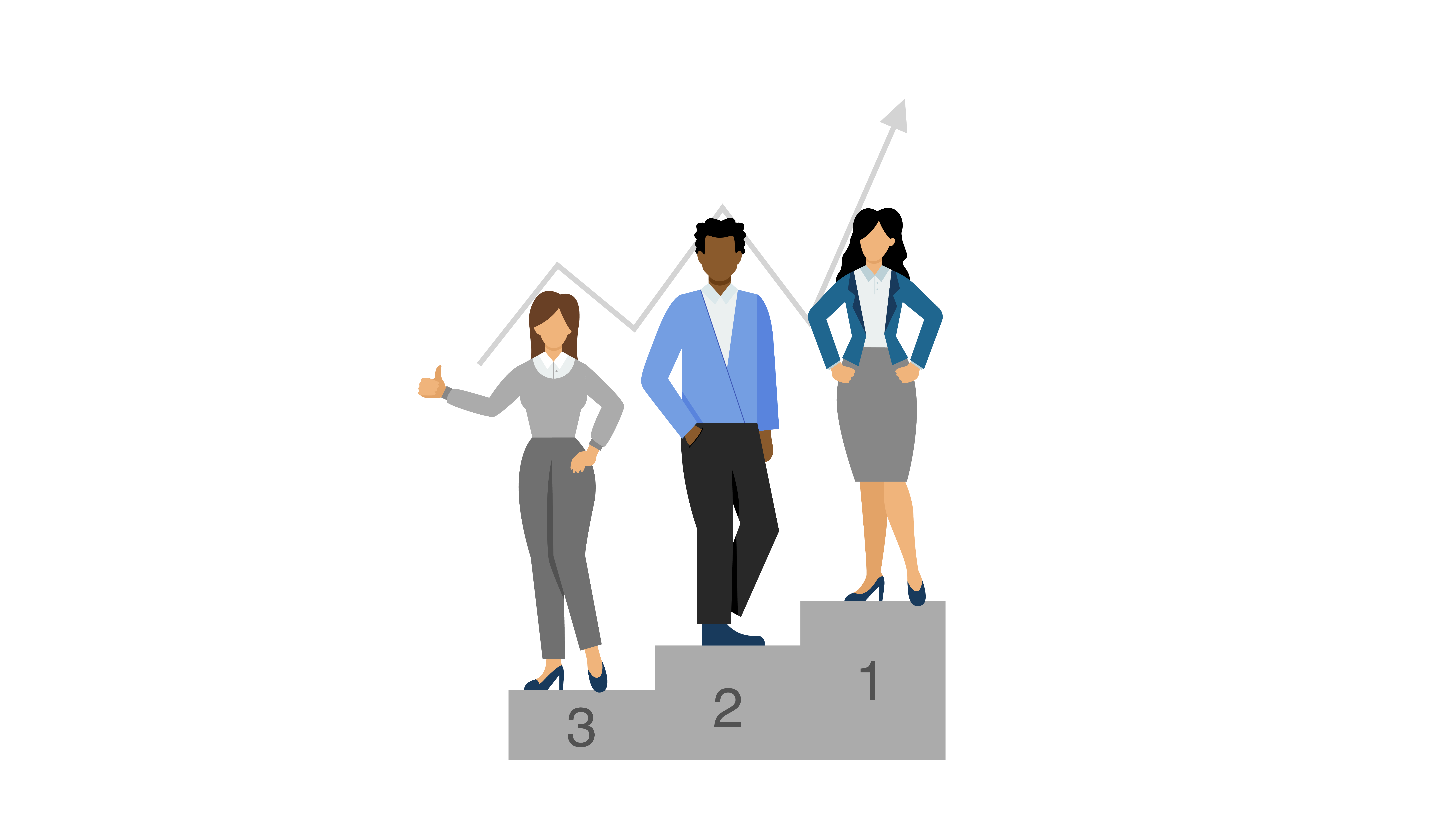All Categories
Featured
Modern businesses require a central place for customer data platforms (CDPs). It is an essential tool. They provide an accurate and comprehensive understanding of the customers, which can be used to create targeted marketing and personalised customer experiences. CDPs have a range of functions that include data governance, data quality and formatting. This allows customers to be compliant in how they are stored, used and used. With the capability to pull data from different APIs such as CDPs can also pull data from other APIs. CDP can also help organizations make the customer the forefront of their marketing campaigns and improve their operations and connect with their customers. This article will examine the different aspects of CDPs and how they help organizations.
what are cdps
Understanding CDPs: A customer data platform (CDP) is a computer program that allows businesses to collect the, organize, and store customer data in a single area. This provides a more exact and complete view of the customer. It can be used for targeted marketing and more personalized experiences for customers.
-
Data Governance: A CDP's capability to guard and regulate the data that it incorporates is one of its key characteristics. This can include profiling, division, and cleansing operations on the incoming data. This will ensure that the data is in compliance with laws and regulations.
-
Data Quality: It's important that CDPs ensure that data collected is of high-quality. This means that the data is properly entered and that it meets the desired quality requirements. This reduces the expenses associated with cleaning, transformation, and storage.
-
Data formatting The CDP can also make sure that data adheres to a specific format. This ensures that certain types of data, like dates, are consistent across the collected customer data and that data is entered in a logical and consistent manner. customer data support platform
-
Data Segmentation: The CDP lets you segment customer data to better understand your customers. This allows you to examine different groups against one another to determine the correct sample distribution.
-
Compliance: The CDP lets companies manage customer information in compliance. It allows you to establish secure policies and categorize information according to the policies. You can even detect policy violations when making marketing decisions.
-
Platform Selection: There are many types of CDPs, so it is important to understand your use case in order to select the most appropriate platform. Be aware of features like privacy as well as the capability of pulling data from different APIs. customer data management platform
-
Making the Customer the Heart of Everything: A CDP allows the integration of real-time, raw customer data, providing instantaneity, precision and unified approach that every marketing staff needs to boost their efficiency and connect with their customers.
-
Chat billing, Chat: With a CDP It's easy to gather the information you need for a great discussion, regardless of previous chats or billing.
-
CMOs and CMOs and Data CMOs and Big Data CMO Council 61% of CMOs believe they're not using big data effectively. A CDP can aid in overcoming this issue by giving an all-encompassing view of the customer and allowing for more effective use of data for marketing as well as customer engagement.
With a lot of various kinds of marketing innovation out there each one generally with its own three-letter acronym you may wonder where CDPs originate from. Even though CDPs are amongst today's most popular marketing tools, they're not an entirely brand-new idea. Instead, they're the latest action in the advancement of how marketers handle client information and client relationships (Customer Data Platform Cdp).

For the majority of online marketers, the single greatest worth of a CDP is its ability to section audiences. With the capabilities of a CDP, online marketers can see how a single consumer communicates with their company's various brands, and identify opportunities for increased personalization and cross-selling. Obviously, there's far more to a CDP than division.
Beyond audience division, there are three huge factors why your business may want a CDP: suppression, customization, and insights. Among the most interesting things online marketers can do with data is determine clients to not target. This is called suppression, and it's part of delivering really tailored client journeys (Customer Data Platform Cdp). When a consumer's merged profile in your CDP includes their marketing and purchase information, you can reduce advertisements to consumers who have actually currently made a purchase.

With a view of every customer's marketing interactions linked to ecommerce data, website check outs, and more, everybody across marketing, sales, service, and all your other groups has the possibility to comprehend more about each consumer and deliver more personalized, pertinent engagement. CDPs can help online marketers attend to the source of a number of their biggest day-to-day marketing problems (Customer Data Support Platform).
When your data is detached, it's more challenging to understand your consumers and create meaningful connections with them. As the number of data sources used by online marketers continues to increase, it's more vital than ever to have a CDP as a single source of reality to bring all of it together.
An engagement CDP uses consumer data to power real-time personalization and engagement for consumers on digital platforms, such as sites and mobile apps. Insights CDPs and engagement CDPs make up the bulk of the CDP market today. Really couple of CDPs include both of these functions equally. To pick a CDP, your business's stakeholders ought to consider whether an insights CDP or an engagement CDP would be best for your needs, and research study the few CDP options that consist of both. Customer Data Platform Cdp.
Redpoint GlobalLatest Posts
CDPs and the Role of Data Formatting
How CDPs Can Help CMOs Leverage Big Data
CDPs and the Role of Data Privacy